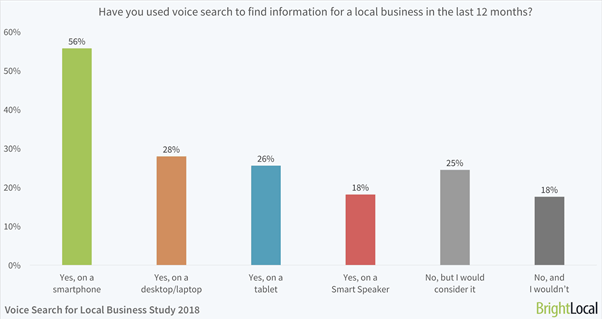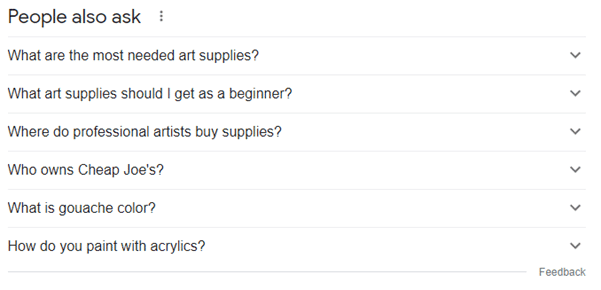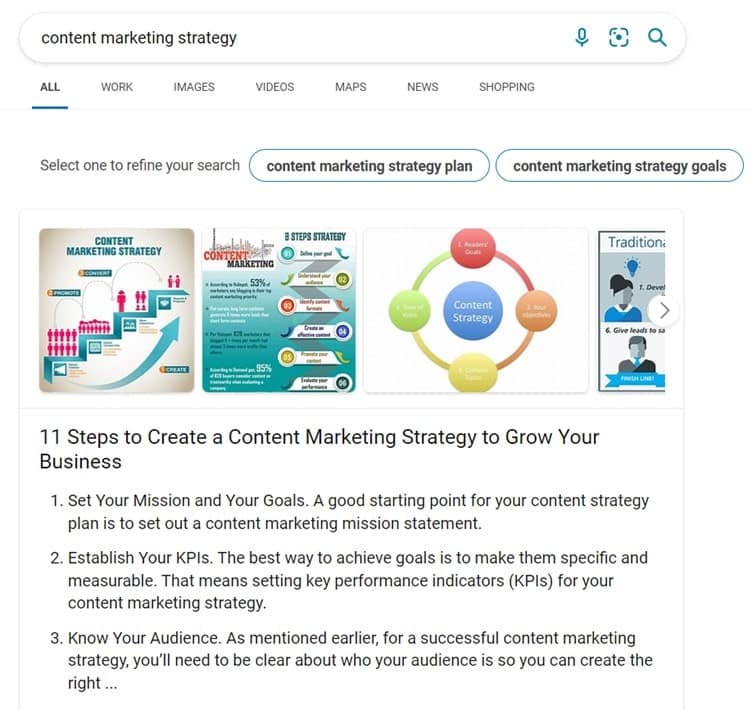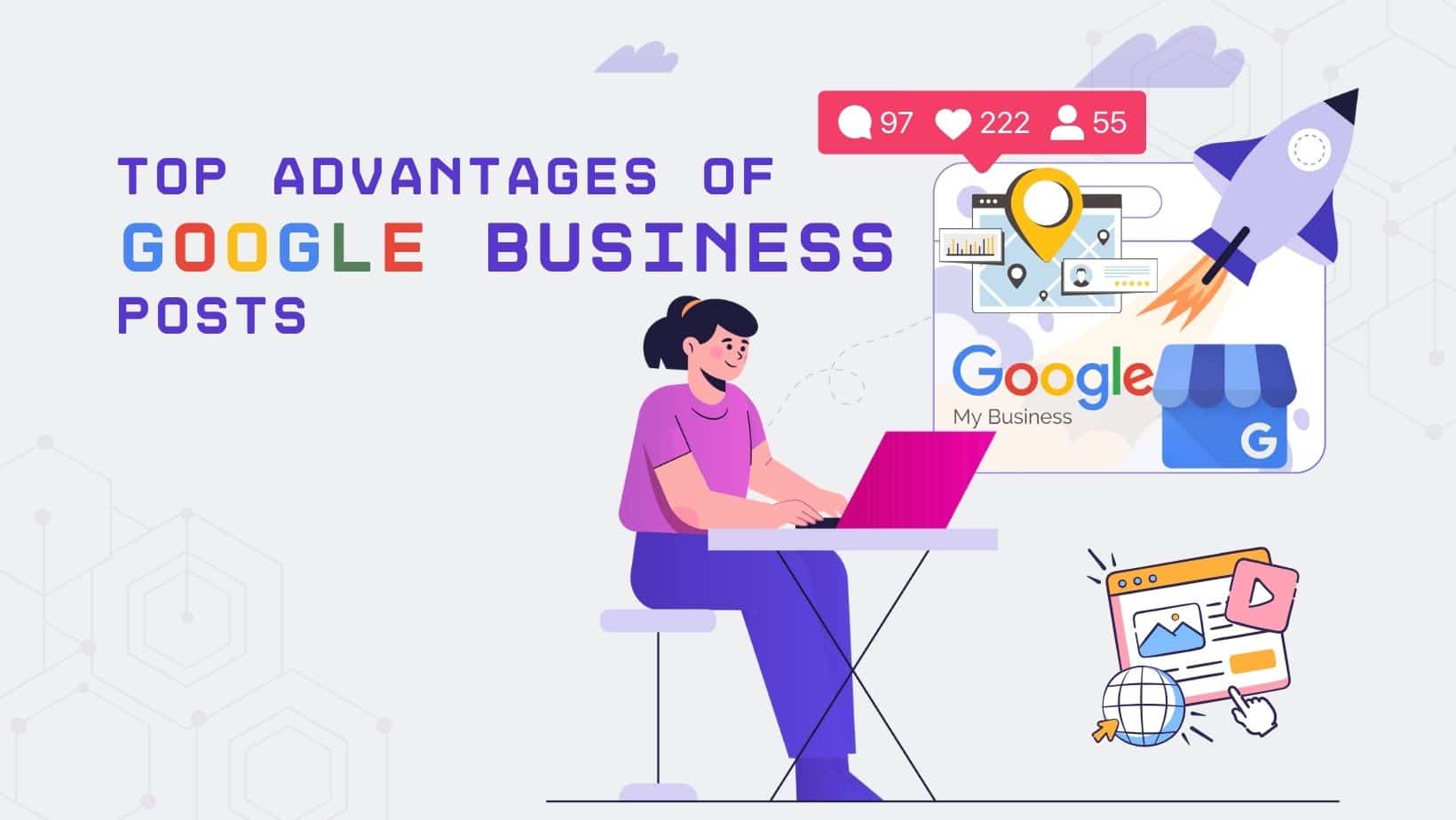Search engine optimization (SEO) is the process of improving a website’s visibility online. The aim is to rank well on search results for queries related to your brand or industry. Top positions on search results equate to more visitors to your website, which is why SEO is essential for many brands.
Search engines such as Google are constantly modifying their algorithms to create better search results and a more positive user experience. Given the frequency of the updates, staying abreast can become overwhelming, especially for those new to the industry. There is no need to fret as we’ve gathered some of the trends you can expect and prepare for in 2022.
1. Page speed
In 2020, Google launched the Core Web Vitals, where one of its main focuses is page speed. This algorithm update consists of three metrics:
- Largest Contentful Paint (FCP) – measures how long it takes for the main content on your web page to load
- First Input Delay (FID) – refers to the amount of time from when the user interacts with the page to when the page responds to that interaction
- Cumulative Layout Shift (CLS) – calculates the stability of the elements as they load on the page
How well and how fast your page loads can affect the user’s experience on your site. You can check these web metrics report using your Google Search Console account. PageSpeed Insights is also a handy tool as it allows you to see how your website is doing, with recommendations on how to improve aspects of your site.
2. Voice search
The popularity of Siri, Alexa, Cortana, and Google Home shows how technology is becoming an integral part of everyday life. According to a study carried out by BrightLocal in 2018, a large percentage of consumers are using these apps and voice search to look for local businesses and what they offer. With 46% of respondents using voice search daily and 58% using the technology at least once a year, it is a burgeoning market worth looking into, especially when running e-commerce sites.

Voice search has become increasingly popular over recent years. As of 2021, studies show that 71% of consumers prefer doing a voice search to typing. For now, voice technology is more commonly used for basic functions such as setting reminders or checking weather forecasts. However, that may change as voice shopping is expected to hit $40 billion in 2022.
3. Artificial intelligence and machine learning
Context is just as important as the keywords used to conduct an online search. On top of that, people typically don’t search the way search engines read queries. Keywords often feature a simple layout whereas when people search, the terms they use can be conversational and complex.
Search engines are using artificial intelligence and machine learning technology to bridge that gap. The goal is to understand the searcher’s actual intent and not just a series of terms. Google has attempted to do this with BERT.
In 2019, Google introduced the Bidirectional Encoder Representations from Transformers (BERT). Instead of looking at words in a specific order, BERT looks at the different words in the search term and tries to understand the intent behind it. By integrating this technology with Google’s algorithm, it is hoped that search engines can understand queries better and deliver search results that coincide with the searcher’s intent.
For SEO experts and website owners, this may change the way you see and target keywords in the future. At some point, you may have to alter your SEO or marketing strategies to reflect this change.
4. Video Content
TikTok, Instagram reels, and YouTube shorts are proof of how popular video content has become over recent years. YouTube alone records approximately views from 2 billion users. Studies indicate that people respond better to videos as compared to long-form articles. Your target audience may be as well. To stay competitive, consider creating optimized video content as part of your SEO strategy.
Videos are the way forward as people consume more video content than before. If you are not creating any videos, now is a great time to start. With existing articles on your blog or website, you can add relevant videos to make your content more appealing for visitors.
5. Mobile-first indexing
Google has been experimenting with mobile-first indexing since 2016, but the full rollout has been delayed several times, the most recent date being March 2021. Even with the delays, the shift indicates that Google wants to prioritize mobile versions of websites over the desktop.
It is important to note that mobile-friendliness and a responsive mobile layout are not the same as mobile-first indexing. As John Mueller explained, only content found on the mobile version is indexed. With mobile-first indexing, even non-mobile-friendly elements, like PDF files, for instance, can be indexed.
The goal is to encourage website owners to provide the same experience for both desktop and mobile users. Given the meteoric rise of mobile browsers, the change to mobile-first indexing makes sense.
There is no need to worry about this trend if both versions of your website contain the same content. However, if your desktop version includes content that cannot be accessed when viewed from a mobile device, now is the time to make changes. Content that is only available on the desktop version will not be indexed, resulting in a drop in traffic.
6. Google E-A-T
The E-A-T (Expertise-Authoritativeness-Trustworthiness) principle has been around for a few years, yet it remains as relevant as the day it was first announced. It is not the entire algorithm, but it is the basis for many of the factors included in Google’s algorithm. Essentially, it’s Google’s way of ensuring that only quality content ranks well on search results.
Regardless of what industry or niche your website falls under, aim to follow this principle. Here is how you can adhere to each aspect of the E-A-T:
- Expertise – include facts and statistics to establish that you are an expert in the industry
- Authoritativeness – link to other reputable external websites
- Trustworthiness – always ensure the accuracy of the content
7. Ethical link building
Link building remains an integral component of any SEO strategy. However, gone are the days when people exchanged links for SEO purposes. Google penalizes websites that utilize paid links. We all love backlinks, but black hat SEO techniques won’t get you anywhere or for very long.
There are many ways to acquire links. One is by sharing your published content on social media. Reaching out to relevant online publications and blogs for guest posting opportunities can also help you acquire reputable links.
When you produce quality content that is useful or entertaining, other people will want to link to it. Keep creating quality content, and links from relevant and reputable sites will follow.
8. Accessibility
The Internet is not just for healthy or able-bodied individuals. Disabilities come in many forms: visual impairments, hearing difficulties, physical, psychiatric, neurological, and intellectual, among others.
Studies show that 26% of adults in the US have some form of disability. Sooner or later, you will have users on your site that may require assistance in accessing the content. Given the number, it would be unwise to ignore this segment. Improving web accessibility is also required by law in many countries – including the US.
Much like for any building, improving your website’s accessibility takes a lot of planning. Conduct an accessibility audit, preferably during the early stages of designing your website, the re-designing, or during the migration of your site. Making your website more accessible from the beginning is easier and cheaper than it is for an established e-commerce site.
There are several ways to make your website more accessible to people of different needs. Discuss ideas with your team or hire an SEO expert to do it for you.
9. Answering what people also ask
In almost 50% of searches, you are likely to encounter a section known as “People also ask” which features questions related to the search query. It is a highly coveted area of the SERPs. Even web pages that rank on the second page onwards can be featured here, provided that the page contains information that answers one of the questions. Plus, targeting this section is one way to rank for longtail keywords.
10. Featured snippets and rich results
Google loves quality content. By integrating featured snippets and rich results in the SERPs, people can quickly get information without the need to visit different websites. Getting quick answers makes searching more convenient, resulting in a more positive experience for searchers. Let us briefly discuss these two types of microdata.
Featured snippets are short texts which appear on the top of Google search results, while rich results add information underneath your website’s metadata. The added information could be in the form of prices, reviews, dates, locations, and much more. When creating content, test to see how the added data will appear on the search results.
Example of a featured snippet:
Example of a rich result:
These are some of the biggest trends for 2022. Get in touch with us today if you have any questions or need help with implementing any of these tips.











